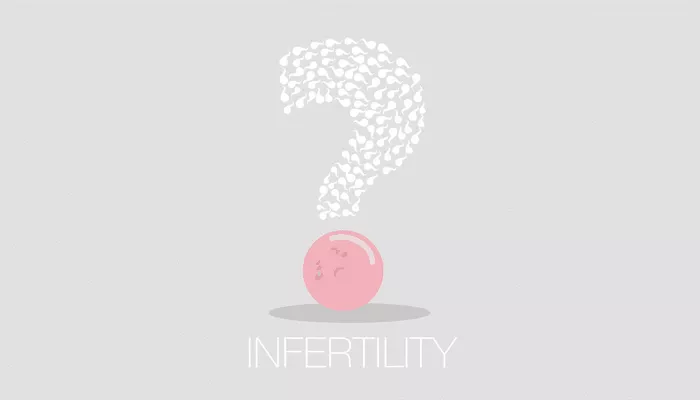KUALA LUMPUR: The total fertility rate (TFR) in Malaysia has been declining since 2013, with significant implications for the country’s demographic trends, according to Datuk Seri Nancy Shukri, the Minister for Women, Family, and Community Development. During the Dewan Rakyat session, Nancy highlighted that, according to the 2024 ESCAP Population Data Insights, many countries in the Asia-Pacific region now report TFRs below the replacement level of 2.1 children per woman.
Malaysia’s highest TFR in the past 15 years was 2.2 in 2011 and 2012, but this figure has since steadily decreased. However, for the first time in this period, the TFR showed a slight increase in 2023, rising to 1.7 from 1.6 in the previous year. Despite this modest improvement, the overall trend remains one of decline.
Nancy pointed to several factors contributing to Malaysia’s lower fertility rate, including economic pressures, changing lifestyles, delayed marriages, and infertility. In response to this issue, the Ministry of Women, Family, and Community Development, through the National Population and Family Development Board (LPPKN), is actively implementing a variety of initiatives aimed at addressing the declining birth rate.
Some of these initiatives include marriage encouragement programs, family planning services, and fertility-related support. LPPKN offers affordable fertility treatments and operates men’s wellness clinics that provide sexual health advice and treatments to help improve male fertility.
The government is committed to reversing the trend of a declining TFR by addressing these challenges and promoting larger families through comprehensive support and accessible services.
Related topics:
Reproductive Health Month: The Growing Impact of Infertility in South Africa
Polycystic Ovary Syndrome (PCOS): Pathophysiology, Prevalence, and the Role of Genetics in its Development
Quiver Full Foundation Provides N150 Million in Infertility Treatment for 30 Nigerian Couples
























